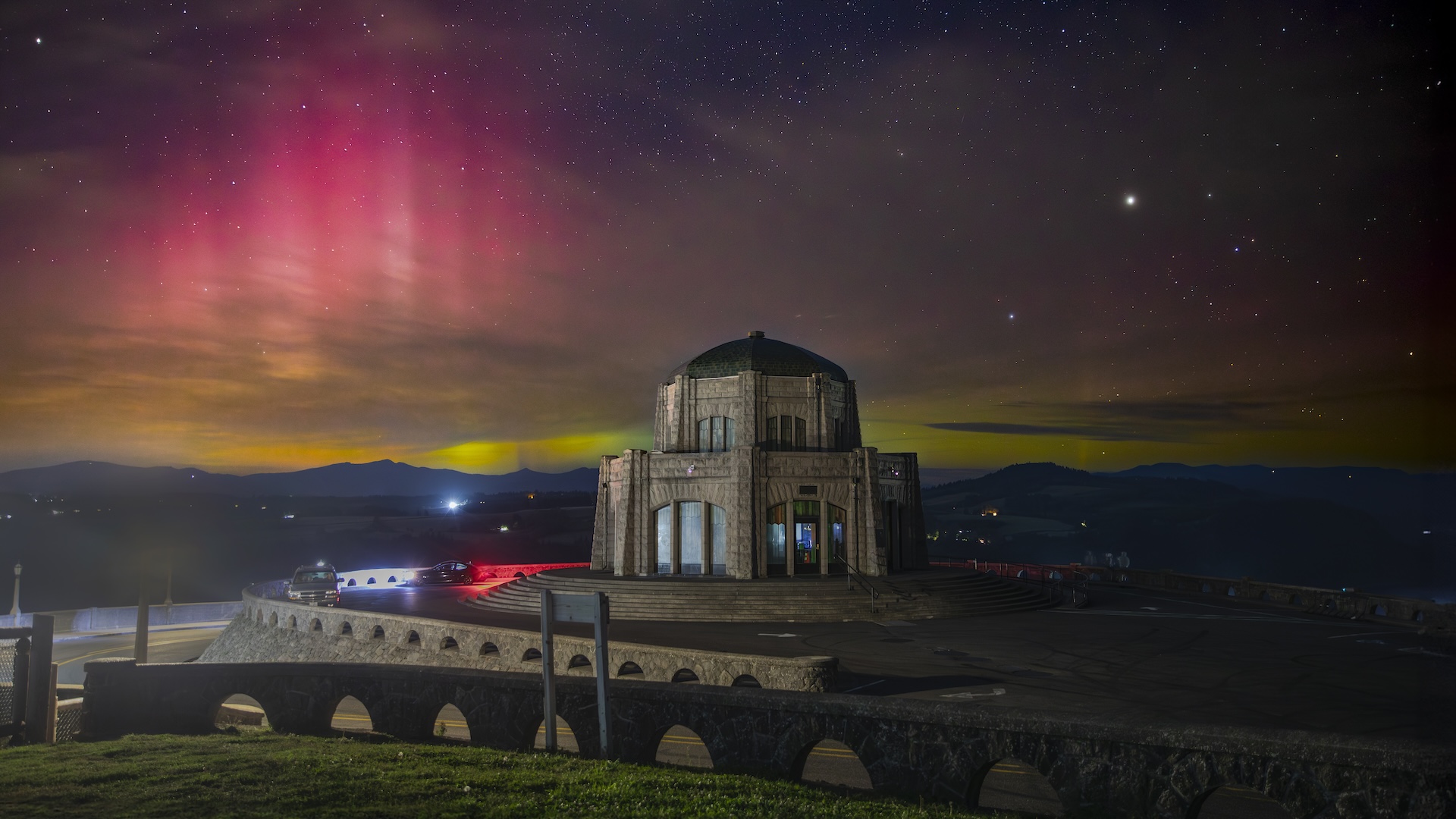Buildings, Vol. 14, Pages 2821: Quantifying and Rating the Energy Resilience Performance of Buildings Integrated with Renewables in the Nordics under Typical and Extreme Climatic Conditions
Buildings doi: 10.3390/buildings14092821
Authors: Hassam ur Rehman Vahid M. Nik Rakesh Ramesh Mia Ala-Juusela
The future buildings and society need to be resilient. This article aims to propose a novel concept of the energy resilience framework and implement a color-based rating system to quantify and rate the energy resilience performance of buildings in Nordic climates. The objective is to conduct a comparative analysis between old (1970s) and new (2020s) single-family buildings integrated with renewable energy sources and storage, assessing their energy resilience performance for heating during power outages, under extreme and typical climatic conditions. The study utilizes dynamic simulation of the buildings and renewable energy systems, conducting parametric studies to calculate proposed resilience indicators and rate their resilience performance, employing both passive and active methods. The total costs of the design variables are also calculated for economic evaluation. Given the complexities arising from climate change, the article uses a simplified method to synthesize regional climate to consider extreme climate change impacts on energy resilience performance. For the old building lacking PV, the robustness duration increased from 1 h to 3 h, and the degree of disruption (DoD) varied from 0.545 to 0.3 in extreme cold to warm climate scenarios, with the higher DoD number indicating worse performance. The impact of the season within the same climate scenario is also evident, as the habitability and robustness durations increased during spring compared to winter. The resilience improved with PV and battery. The new building showed that the robustness duration increased from 3 to 15 h, habitability durations increased, and the DoD varied from 0.496 to 0.22 from extreme cold to warm climates without renewables and storage. With the integration of PV and battery, the new building was able to achieve a lower DoD and better performance with lower PV and battery capacity, compared to the old building. Furthermore, utilizing the color grading method (red to green), optimal technical solutions and corresponding design variables were identified for each building type and climate scenario that could support decision-making. The total cost of the optimal solutions varied, as new buildings required lower costs to reach optimal performance. However, for optimal resilience performance during extreme cold climate scenarios, higher costs are required for each building type. The proposed resilience framework, indicators, color grading system, and costing could potentially support improvements in building regulations, ensuring the development of optimally resilient buildings, particularly in the face of extreme climatic conditions.

 1 week ago
30
1 week ago
30


